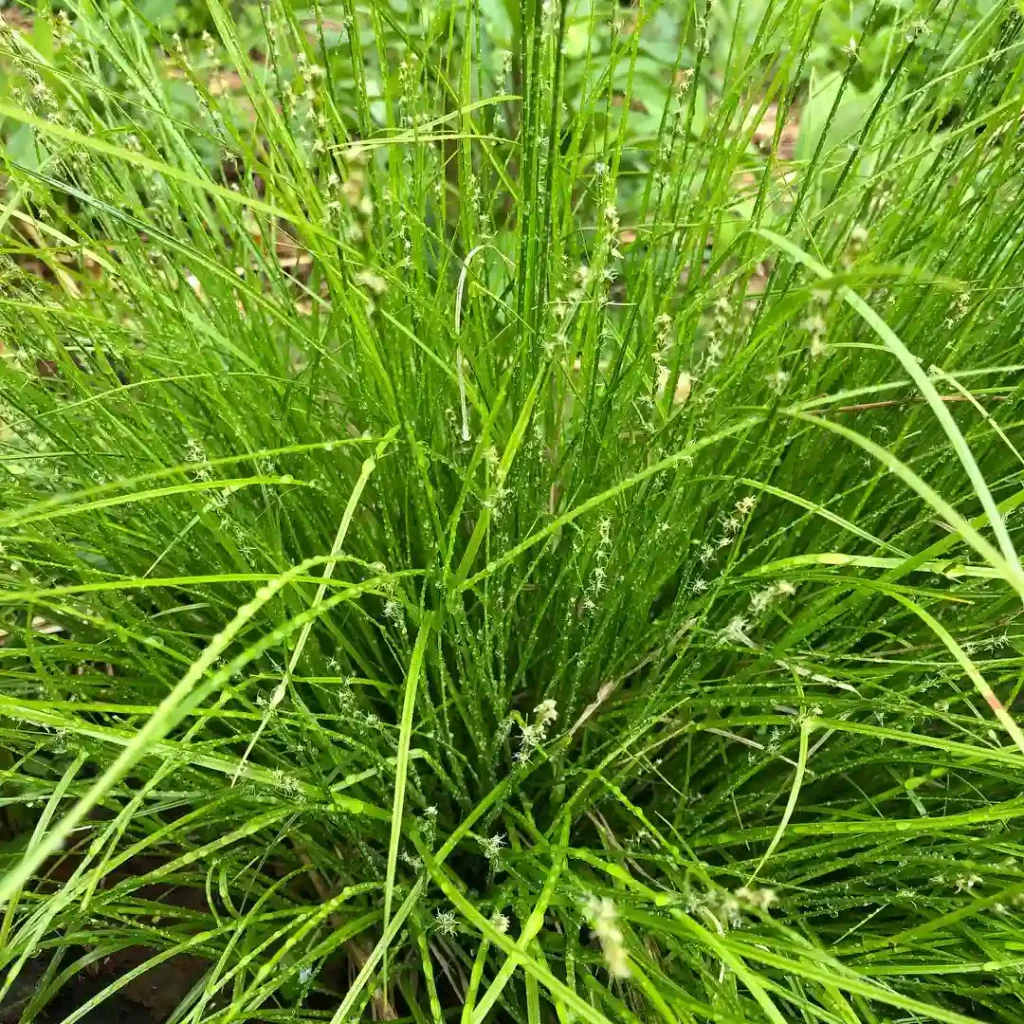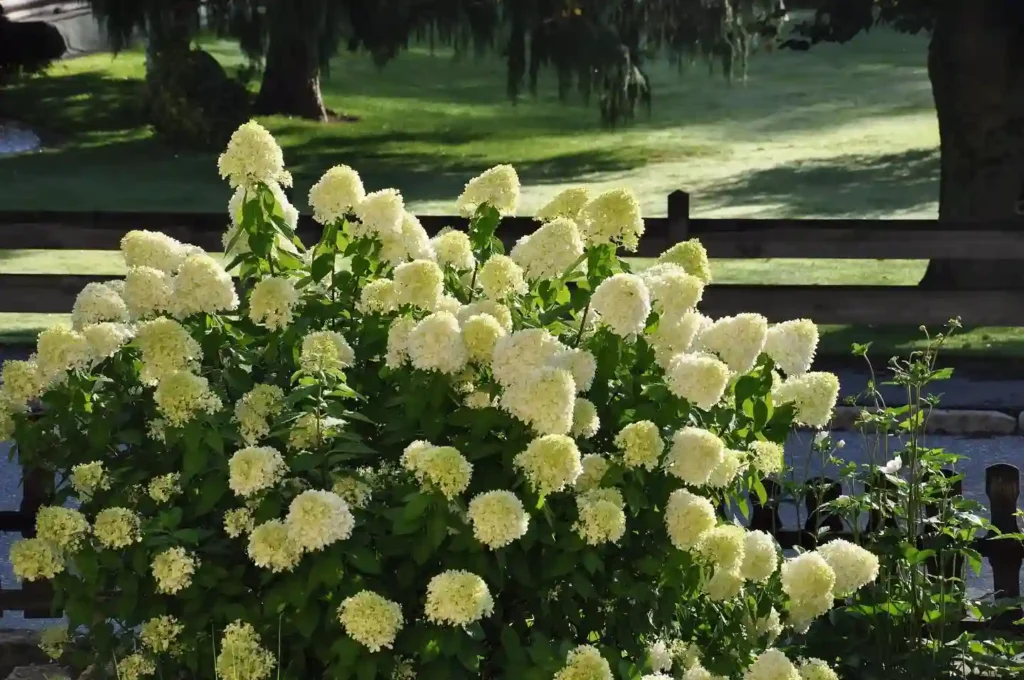Carthamus: A Colorful World of Thistles
My name is Ferb Vu, and I’ve always been fascinated by the diversity of the plant world. Lately, I’ve become particularly interested in the genus Carthamus, commonly known as distaff thistles. These plants, belonging to the Asteraceae family, are native to Europe, North Africa, and parts of Asia. They’re not your typical garden variety flowers; they possess a unique charm and historical significance that truly captivates me.
A Brief Overview of Carthamus
Carthamus species are annual or perennial herbs, often characterized by their spiny leaves and vibrant flower heads. The flowers come in a range of colors, from yellow and orange to red and purple. These plants have been cultivated for centuries, primarily for their seeds, which yield a valuable oil. But there’s much more to Carthamus than just its practical uses.
Diving Deep into the Species
The genus Carthamus encompasses a fascinating array of species. Here are:
- Carthamus tinctorius: This is the most well-known species, commonly referred to as safflower. It’s been cultivated for thousands of years, primarily for its seeds, which are used to produce safflower oil. This oil is used in cooking, cosmetics, and even as a biofuel. Historically, the flowers of C. tinctorius were used as a dye and a substitute for saffron. – Plant FAQs: Carthamus Tinctorius – Safflower
- Carthamus caeruleus: This species is distinguished by its beautiful blue flowers. It’s native to the Iberian Peninsula and North Africa.
- Carthamus atractyloides: This species is native to North Africa and is characterized by its spiny leaves and yellow flowers.
- Carthamus × battandieri Faure & Maire
- Carthamus boissieri Halácsy
- Carthamus calvus (Boiss. & Reut.) Batt.
- Carthamus carduncellus L.
- Carthamus carthamoides (Pomel) Batt.
- Carthamus catrouxii (Emb. ex Maire) Greuter
- Carthamus cespitosus (Batt.) Greuter
- Carthamus chouletteanus (Pomel) Greuter
- Carthamus creticus L.
- Carthamus curdicus Hanelt
- Carthamus dentatus Vahl
- Carthamus dianius (Webb) Sch.Bip.
- Carthamus duvauxii (Batt. & Trab.) Prain
- Carthamus eriocephalus (Boiss.) Greuter
- Carthamus × faurei Maire
- Carthamus glaucus M.Bieb.
- Carthamus gypsicola Iljin
- Carthamus helenioides Desf.
- Carthamus hispanicus (Boiss. ex DC.) Sch.Bip.
- Carthamus ilicifolius (Pomel) Greuter
- Carthamus leucocaulos Sm.
- Carthamus lucens (Ball) Greuter
- Carthamus matritensis (Pau) Greuter
- Carthamus mitissimus L.
- Carthamus multifidus Desf.
- Carthamus nitidus Boiss.
- Carthamus oxyacanthus M.Bieb.
- Carthamus pectinatus Desf.
- Carthamus persicus Desf. ex Willd.
- Carthamus pinnatus Desf.
- Carthamus plumosus (Pomel) Greuter
- Carthamus pomelianus (Batt.) Prain
- Carthamus reboudianus (Batt.) Prain
- Carthamus rechingeri P.H.Davis
- Carthamus rhaponticoides (Pomel) Greuter
- Carthamus strictus (Pomel) Batt.
- Carthamus tamamschjanae Gabrieljan
- Carthamus tenuis (Boiss. & C.I.Blanche) Bornm.
The Allure of Carthamus
What draws me to Carthamus? It’s more than just their vibrant colors and unique forms. These plants have a rich history intertwined with human civilization. From ancient Egyptians using safflower pigments in their tombs to traditional medicine practices utilizing various Carthamus species, these plants have played a significant role in our world.
I’m also intrigued by the potential of Carthamus species in modern applications. Safflower oil, for example, is gaining popularity as a healthy cooking oil and a sustainable biofuel source. Researchers are also exploring the potential medicinal properties of various Carthamus species.
My Journey with Carthamus
I’m eager to learn more about this fascinating genus. I plan to delve deeper into the botanical literature, exploring the taxonomy, morphology, and ecology of Carthamus species. I’m also interested in understanding the cultural significance of these plants in different regions of the world.
Perhaps I’ll even try my hand at cultivating some Carthamus species myself. It would be rewarding to observe these plants up close and contribute to their conservation.
In Conclusion
The world of Carthamus is full of intriguing discoveries waiting to be made. These plants, often overlooked, offer a glimpse into the intricate relationship between humans and the natural world. I’m excited to continue my exploration of this captivating genus and share my findings with others.
If i die, water my plants!



